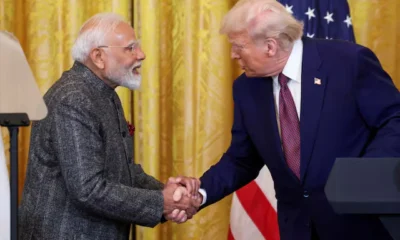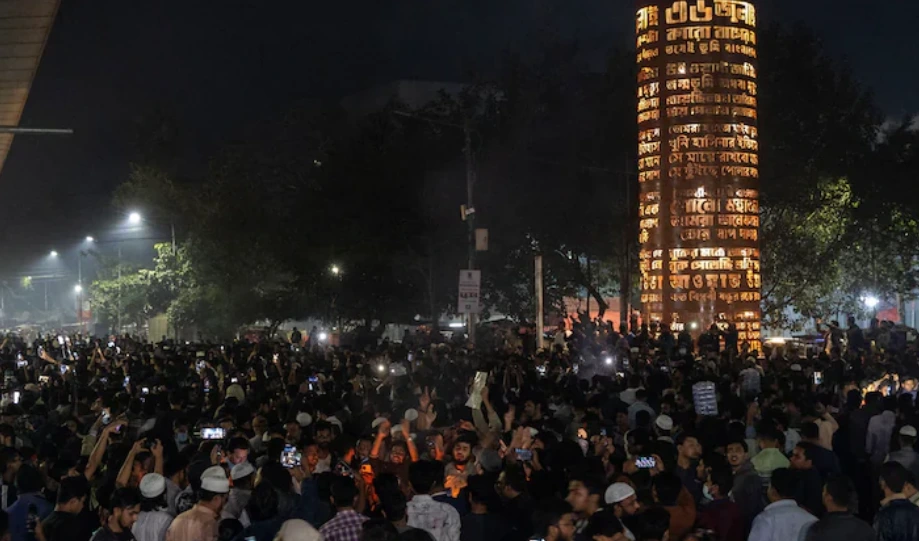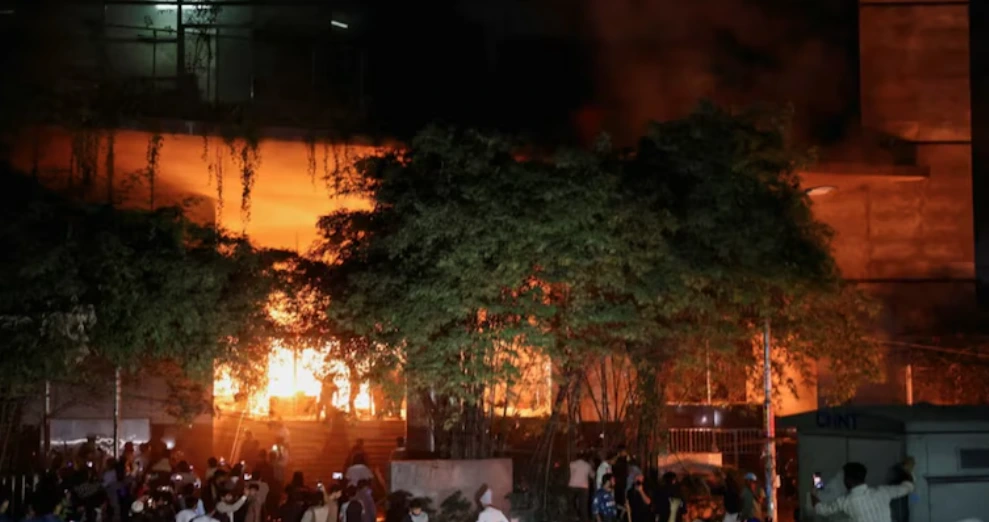Macron say Trump will pull out of JCPOA
US President Donald Trump may, most probably, trigger a diplomatic war within Western countries on Iran nuclear deal on May 12, when he has to take call on the most complex issue of the modern international politics.
French President Emanuel Macron, after meeting Trump, said on Wednesday that he believes Trump will pull out of the Iran deal next month “for domestic reasons,” calling the constantly changing US stance on global issues “insane”, reports CNN.
Talking to journalists in Washington on Wednesday, Macron said, “My view — I don’t know what your President will decide — is that he will get rid of this deal on his own, for domestic reasons.” He said he did not have any specific inside information, but believed there was “a big risk” Trump would leave.
Read More: Khemenei warns: Iran will cut the nuclear deal into shreds
Earlier, during the joint press briefing with his French counterpart in Washington House, Trump said, while talking towards Macron, “and you know what I am going to do”.
Macron said that changes in US policies on several world issues might work in short term but were “very insane in the medium and long term.”
During the same briefing, Trump reiterated his position saying, “It’s insane. It’s ridiculous. It should have never been made. But we’ll be talking about it. It was a terrible deal.”
Read More: Iran warns US not to withdraw from n-deal or face consequences
Since he came to White House in January last year, US President Donald Trump has signed several waivers to continue the suspension of the sanctions against Iran. But last January, he said it was the last time he was extending the sanctions relief for Iran as part of the nuclear agreement giving the European signatories a May 12 deadline to fix the “flaws” in the agreement or he would refuse to waive those bans.
However, French President clarified his position towards Iran deal during his address at US Congress at the last leg of his visit to Washington He said that his country will not leave the Iran nuclear deal amid US efforts to persuade European parties to the agreement to withdraw from it.
Macron said the deal known as Joint Comprehensive Plan of Action (JCPOA) was not addressing “all concerns” but stressed that the deal could not be ditched. He clearly said, “We signed it, both the United States and France. We should not abandon it without having something substantial and more substantial instead. That’s why France will not leave the JCPOA, because we signed it.”
Read More: Saudi Prince ask US to rethink on Iran-N deal
However, he vowed that Iran will “never” be allowed to develop atomic weapons. “Our objective is clear. Iran shall never possess any nuclear weapons. Not now. Not in five years. Not in 10 years. Never,” Macron said.
Meanwhile German Chancellor Angela Markel will visit US President Donald Trump on Friday in an effort to minimize differences over the nuclear deal with Iran. Her visit immediately after French President Emanuel Macron’s state visit to Washington is taking place just before the expiry of an exemption for the European Union from US import duties on steel and aluminum on May 1. Iran nuclear deal sanction waiver is also going to end on May 12.
Meanwhile a debate over President Trump’s insistence of Arab countries in the region to pay for US army’s presence in Syria has also triggered among the Arab state. Saudi Arabia’s foreign Minister Adel al-Jubeir, in a quick reaction to Trump’s statement during press briefing along with Macron, said Qatar must pay for the US military presence in Syria if it wants to sustain Washington’s support.
Read More:Donald Trump Facing Isolation on Iran Nuclear Compliance
Saudi Press Agency carried Jubeir’s statement within hours saying, “Qatar has to pay for US military presence in Syria and send its military forces there, before the US president cancels US protection of Qatar.”























